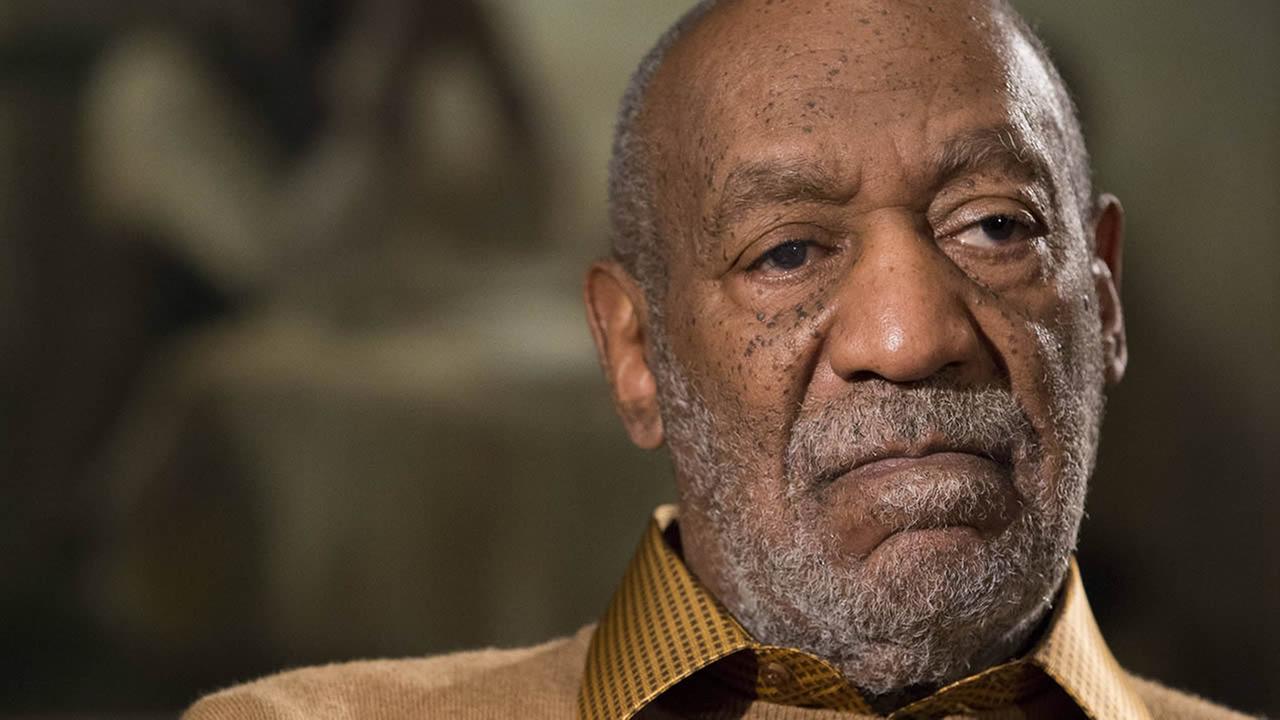Case Study: Bill Cosby
Using the Bill Cosby situation as a case study for flawed crisis communication is an exercise that touches on the absurd. Crisis communication professionals would be hard-pressed to manufacture a scenario that had more examples of what not to do.
The lawyers’ handling of the case is contradictory to our crisis communication best practices which, for decades, have guided clients from various industries as they face of predicaments of all shapes and sizes.
The latest revelation in the Cosby case is an amalgam of classic blunders that include “don’t let your lawyer be your spokesperson,” with a dash of “don’t blame the messenger,” followed by the common, “you can’t be silent, except when you want to.”
For those who haven’t seen the latest developments in the ongoing saga, Cosby’s lawyers recently sent a letter to CNN that criticizes the news agency for biased reporting and alleges that CNN selectively interviewed potential sources to support their anti-Cosby view and stonewalled Cosby advocates from being heard.
The leaked letter reveals three significant media relations blunders by the Cosby camp:
- Don’t let your lawyer be your spokesperson
Many lawyers and PR professionals are divided when it comes to the best way to choose a spokesperson. While lawyers have a tendency to view their client’s publicity akin to seeing them on the witness stand – where a thorough cross-examination could potentially hurt the case and lead to unintended consequences – PR professionals prefer a proactive and transparent approach. While the first approach may save face in the courtroom, the second if more apt to foster a positive response in the court of public opinion.We work with plenty of savvy, upstanding and honest lawyers, but the truth is the legal industry itself has a bit of a reputation problem. The public is less likely to have a positive response to a sterile legal response chock full of legalese as they would to a heartfelt statement crafted by the likeable Dr. Huxtable himself – a juxtaposition that is likely the captivating factor that’s pulled so many in to this story. - Don’t blame the messenger
This marks the second time Cosby (or his lawyers) have blamed the media outlet for biased or incomplete reporting; third if we count Camille Cosby’s comment likening coverage of her husband’s case with Rolling Stone’s flawed reporting of the UVA rape case. In today’s 24-hour news cycle, media outlets are increasingly facing competition to get the story first. This phenomenon, by no means a justification for erroneous reporting, does explain some of the surface-level reporting we’ve grown accustomed to. Cosby’s camp did make one positive step in arranging potential interviews to substantiate his side of the story, but his defamatory remarks toward the media outlets not only overshadow this gesture, but also the implied credibility these witnesses would afford the Cosby case. The case deteriorates even further when CNN fires back, noting the proposed source’s past legal scuffles and poking holes in his credibility.Instead of blaming the media outlets for portraying him in a negative light, Cosby could have taken the proactive step to deliver a well-crafted statement that addressed the issue at hand, rather than attempting to pass the buck to shift the blame to the reporters covering this ongoing saga. - You can’t be silent, except when you want to
We’ve worked with plenty of belt-and-suspenders type lawyers who swear by the SANTA approach – Say Absolutely Nothing to Anyone. While it may appear the less risky route, the traditional SANTA approach more often than not solidifies incorrect conclusions of guilt or culpability and arrogance. There are times when asserting a proactive and transparent response, while it may feel precarious, is the clearest pathway to resolution.
We’ll surely keep an eye on this saga as it continues to evolve, and suggest to Mr. Cosby that he hire a savvy public relations team to salvage what’s left of the reputation that his legal team is quickly deteriorating.




